Introduction
Steaming eggs is a timeless culinary art that transcends cultural boundaries. From the delicate texture of Japanese tamagoyaki to the creamy richness of Chinese steamed egg custard, mastering the technique of steaming eggs can elevate a simple dish into a gourmet experience. Whether you’re a seasoned chef or a home cook eager to impress, understanding the nuances of steaming eggs will ensure that every bite is a delightful surprise. This guide delves into the essentials of how to steam eggs to perfection, highlighting key steps, ingredients, and tips to create mouthwatering dishes that will leave your taste buds yearning for more.
Understanding the Basics
Before diving into the specifics of recipes, it’s crucial to grasp the fundamental principles of steaming. Steaming is a cooking method that uses the heat from boiling water to cook food. It preserves flavors, textures, and nutrients better than other cooking methods like boiling or frying. When steaming eggs, the goal is to achieve a tender, smooth consistency without overcooking and drying them out.
Choosing the Right Eggs
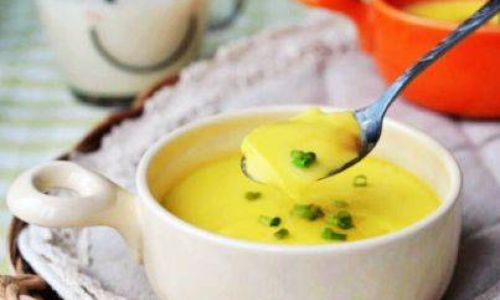
The quality of your eggs plays a significant role in the final outcome. Fresh eggs are ideal because they have a thicker albumen (the white part), which helps in maintaining the structure during steaming. Free-range or organic eggs often have a richer flavor and a more vibrant yolk color, enhancing the visual and gustatory appeal of your dish.
Essential Equipment
-
Steamer Basket or Steamer Pot: A good steamer is paramount. You can use a traditional bamboo steamer, a metal steamer basket, or an electric steamer. Ensure it fits securely over your pot to prevent steam from escaping.
-
Pot with Tight-Fitting Lid: A large pot with a tight-fitting lid helps retain steam, ensuring consistent heat distribution.
-
Measuring Cups and Spoons: Accuracy in measurements is key to achieving the desired consistency.
-
Mixing Bowls and Whisks: For mixing the egg mixture evenly.
-
Heatproof Spatula or Spoon: For gently stirring and transferring the steamed eggs.
-
Fine-Mesh Sieve: To strain out any lumps or bubbles, ensuring a silky texture.
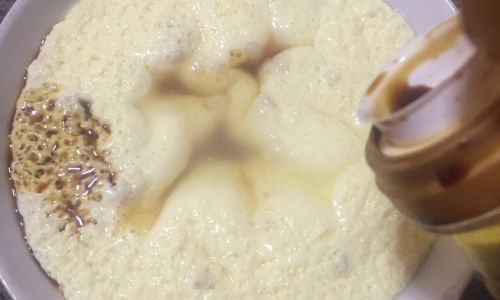
Preparing the Egg Mixture
-
Ratio of Eggs to Liquid: The classic ratio for steamed eggs is usually around 1:1.5 to 1:2 (eggs to water or milk). Adjust this based on your preference for firmness. For a creamier texture, use a combination of water and milk or cream.
-
Seasoning: Add a pinch of salt to enhance flavor. For a hint of umami, a dash of soy sauce or fish sauce can be incorporated. Avoid adding too much seasoning initially; you can adjust later.
-
Mixing: Beat the eggs lightly with a fork or whisk until just combined. Over-mixing can incorporate too much air, causing the eggs to become tough.
-
Straining: Pass the mixture through a fine-mesh sieve to remove any lumps and air bubbles. This step is crucial for achieving a smooth texture.
Steaming Techniques
-
Preheating the Steamer: Bring the water in your steamer pot to a rolling boil before adding the egg mixture. This ensures an immediate and even application of heat.
-
Pouring the Mixture: Carefully pour the strained egg mixture into a heatproof bowl or ramekin. Cover the bowl loosely with a piece of parchment paper or aluminum foil to prevent condensation from dripping onto the eggs and creating unsightly spots.
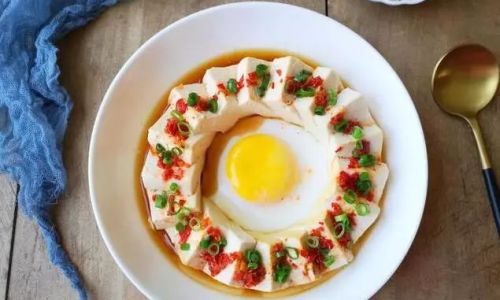
-
Steaming Time: The steaming time varies depending on the quantity and desired consistency. Generally, for a standard serving size, steam for about 5-7 minutes for a soft, creamy texture, or up to 10 minutes for a firmer set. Use a toothpick or chopstick to check for doneness; it should come out clean when inserted into the center.
-
Slow Cooling: Once done, remove the bowl from the steamer and let it sit for a couple of minutes with the lid slightly ajar to prevent overcooking from residual heat.
Enhancing Flavor and Presentation
-
Garnishes: Add a touch of elegance with simple garnishes like chopped green onions, sesame seeds, or a drizzle of chili oil. For a sweet twist, sprinkle with a pinch of sugar or drizzle with honey.
-
Sauces: Serve with a side of soy sauce, chili sauce, or a homemade dipping sauce to elevate the flavors.
-
Layering: Experiment with layering different ingredients like shrimp, mushrooms, or spinach within the egg mixture for added texture and nutrition.
Troubleshooting Common Issues
-
Lumpy Texture: Ensure thorough straining and gentle mixing to avoid incorporating air bubbles.

-
Watery Consistency: This can happen if the steaming time is too short or the ratio of liquid to eggs is too high. Adjust accordingly.
-
Tough Texture: Over-mixing or over-steaming can lead to this. Be mindful of mixing intensity and steaming time.
Conclusion
Steaming eggs is an art that, with practice, becomes second nature. By following these guidelines and experimenting with different ingredients and techniques, you can create an array of delicious steamed egg dishes that cater to various tastes and preferences. Whether you’re aiming for a simple, comforting breakfast or an elegant dinner party dish, the versatility of steamed eggs ensures that your culinary endeavors will always be met with delight. Happy steaming!




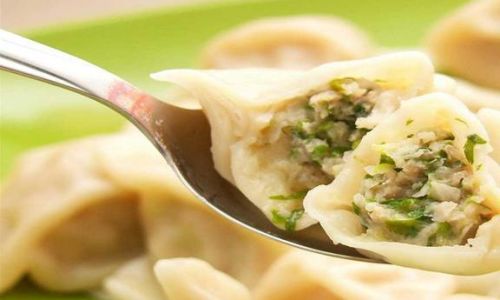
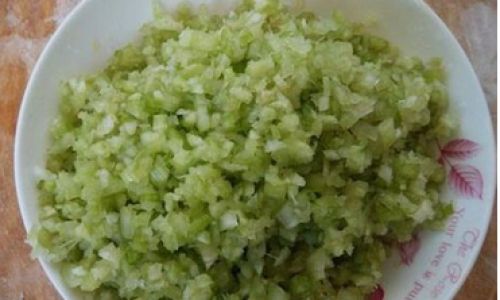
0 comments